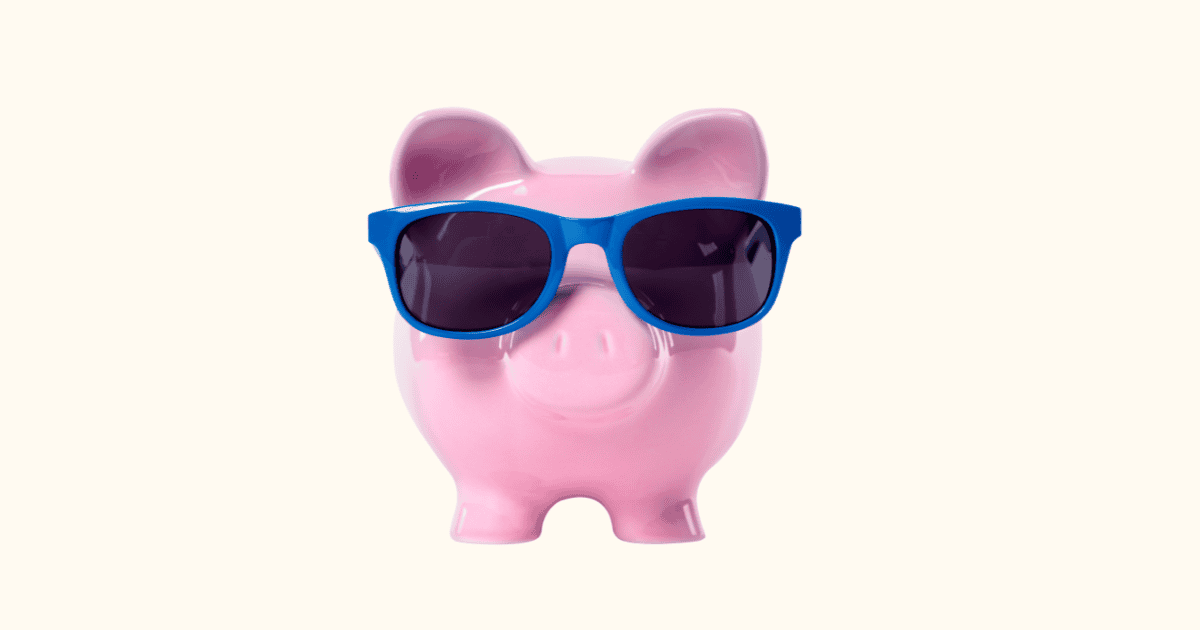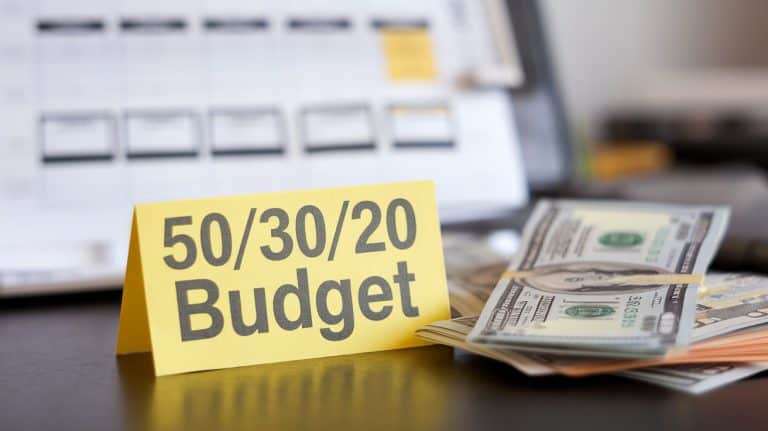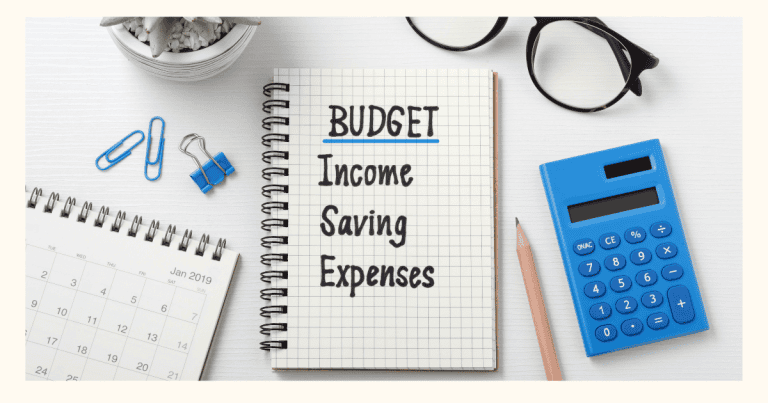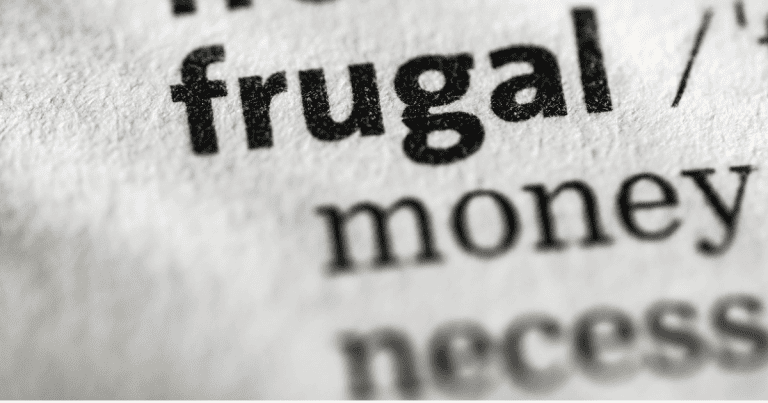9 Expenses You Can Cut Today to Boost Your Savings

Have you ever looked at your bank account and thought, Where did all my money go? Trust me, you’re not alone. Those sneaky little expenses can add up faster than we realize, making it harder to boost your savings. The good news is a few small tweaks to your spending habits can make a huge difference. Today, I’ll walk you through seven expenses you can cut right now to give your savings a serious boost. 💸💸
1. Streaming Subscriptions You Barely Use
Raise your hand if you’re paying for Netflix, Hulu, Disney+, and that random fitness app you swore you’d use every day. Yeah, me too. The truth is, most of us only actively watch one or two platforms at a time.
Take stock of your subscriptions. Cancel the ones you barely touch and consider rotating between services instead of keeping all of them active. For instance, binge your favorite shows on Netflix for a month, then switch to Hulu the next. Bonus tip: If you’re sharing accounts with family or friends, make sure everyone’s still on board and pitching in. It’s amazing how much you can save just by trimming the streaming fat.
You can also explore free alternatives. Platforms like YouTube, Pluto TV, or Tubi offer tons of content without a subscription fee. Sure, you might have to sit through a few ads, but that’s a small price to pay for saving money. Reassess your entertainment budget regularly to make sure you’re only paying for what you truly use and enjoy.
2. Frequent Convenience Store Runs
It’s so tempting to pop into a convenience store for a quick Coke and a snack, but those small purchases can add up quickly. A $3 energy drink here, a $2 candy bar there, and suddenly you’ve spent $50 a month without realizing it.
The solution? Plan ahead. Stock up on your favorite snacks and drinks during your regular grocery trips. Buying in bulk or during sales can save you a lot compared to those spur-of-the-moment purchases. If you’re prone to impulse buys at the checkout counter, keep a water bottle and a small snack in your bag or car to curb cravings. Not only will you save money, but you’ll also make healthier choices by avoiding overly processed convenience store foods.
3. Unused Gym Memberships
When was the last time you actually went to the gym? Be honest. If you’re more of a “paying member” than a regular attendee, it’s time to reevaluate. Gym memberships can be pricey, and if you’re not getting your money’s worth, it’s essentially cash down the drain.
Cut the gym membership and embrace home workouts. There are endless free YouTube tutorials and fitness apps to explore. Channels like Chloe Ting, MadFit, or even PS Fit can help you stay active without spending a dime. Plus, activities like walking, jogging, or yoga can be just as effective without the monthly fee. Investing in a few basic pieces of equipment, like resistance bands or dumbbells, can give you a versatile workout setup at home.
If you love social interaction or need extra motivation, look for budget-friendly alternatives. Community centers often offer affordable fitness classes, and some local parks host free workout sessions. You can also team up with friends to create your own workout group. Not only will you save money, but you might also find yourself more consistent when accountability is built in.
4. Expensive Coffee Runs
Ah, coffee. My love, my lifeline. But let’s face it, those daily $5 lattes add up fast. Over a month, that’s easily $150 or more on caffeine alone.
Invest in a good coffee maker and whip up your own fancy brews at home. Trust me, with a little practice, you’ll be making Instagram-worthy cappuccinos in no time. Not only will you save money, but you might also discover a new hobby in the process.
To make it more fun, experiment with flavored syrups, milk frothers, and different coffee blends. You can recreate your favorite café drinks at a fraction of the cost. If you’re really missing the coffee shop vibe, consider setting up a cozy coffee corner in your kitchen. And don’t forget, bringing your homemade coffee to work is a game-changer for both your wallet and your daily routine.
5. Name-Brand Groceries
If you’ve been loyal to name-brand products, you’re probably overspending. Generic or store-brand items often taste the same (sometimes better) and cost significantly less.
Swap out one or two name-brand staples for the store’s version and see how it goes. From cereal to cleaning products, the savings can add up quickly without sacrificing quality. And hey, your wallet will thank you.
Another tip is to shop with a list and stick to it. Avoid the temptation of flashy packaging or impulse purchases at the checkout line. If you’re shopping online, use apps or browser extensions to find coupons and discounts. Shopping seasonally and locally can also save you a bundle, especially on fresh produce. And don’t shy away from bulk purchases for items you use regularly, just make sure you have enough storage space!
6. Unnecessary Insurance Add-Ons
When was the last time you reviewed your insurance policies? You might be paying for add-ons you don’t even need. For example, if you’re already covered by your credit card for rental car insurance, why pay extra through your auto policy?
Call your provider and ask for a breakdown of your coverage. Trim the extras, and while you’re at it, shop around for better rates. You’d be surprised how much competition there is and how much you could save by switching.
Also, consider bundling your policies. Many companies offer discounts if you combine auto, home, or renters insurance. Just be sure to compare the bundled rate with individual policies to confirm you’re actually saving. Regularly reviewing your policies can prevent you from overpaying and ensure you’re only paying for what you truly need.

7. Impulse Buys and Retail Therapy
We’ve all been there: bad day, click “Add to Cart,” feel a temporary high. But those impulse buys often lead to regret and a lighter bank account.
Before you hit that buy button, sleep on it. Wait 24 hours and see if you still really want it. Chances are, you’ll forget all about it. Also, unsubscribe from marketing emails that tempt you with “limited-time deals” every other day. Out of sight, out of mind.. and your savings will grow!
Another strategy is to set a fun savings challenge. For instance, every time you resist an impulse buy, transfer the amount you would have spent into a savings account. Watching that account grow can be incredibly motivating. You could also make a wish list and prioritize items that truly matter to you, this way you’re spending intentionally rather than impulsively.
8. Expensive Morning Routines
Does your morning routine involve premium skincare products, salon blowouts, or a trip to the local juice bar for a $10 blueberry smoothie? While it’s great to start the day feeling your best, those luxury habits can quietly drain your wallet.
Consider swapping out expensive products for budget-friendly dupes that deliver similar results. Instead of daily blowouts, learn some quick DIY styling tricks or invest in quality tools you can use at home. For your morning beverage, experiment with making smoothies or juices at home. You’ll save money and have control over exactly what goes into your drink.
A simplified, mindful morning routine doesn’t just save money, it can also set a positive, less rushed tone for your entire day.

9. Feminine Products
Ladies, let’s talk about the pink tax. It’s that sneaky markup on products marketed specifically to women, like razors, deodorants, and even basic necessities like tampons and pads. These items often cost more than their male-targeted counterparts, even though they serve the same purpose.
To save money, start by shopping smart. Compare prices between gender-neutral or men’s products and those in the “pink” aisle, you’ll often find the men’s versions are cheaper but just as effective. When it comes to menstrual products, consider investing in reusable options like menstrual cups. While the upfront cost might seem high, they can save you hundreds of dollars in the long run.
Another tip? Stock up during sales and use coupons whenever possible. Some states have even eliminated the tax on menstrual products, so check if yours is one of them to stretch your dollars further. By being mindful of the pink tax and exploring cost-effective alternatives, you can reclaim some of the money that’s unfairly slipping away.
Conclusion
By making a few smart adjustments, you can free up extra cash without feeling deprived. Whether it’s canceling unused subscriptions, embracing homemade coffee, or resisting impulse buys, every little bit counts. Start with just one or two changes from this list, and watch your savings grow.






